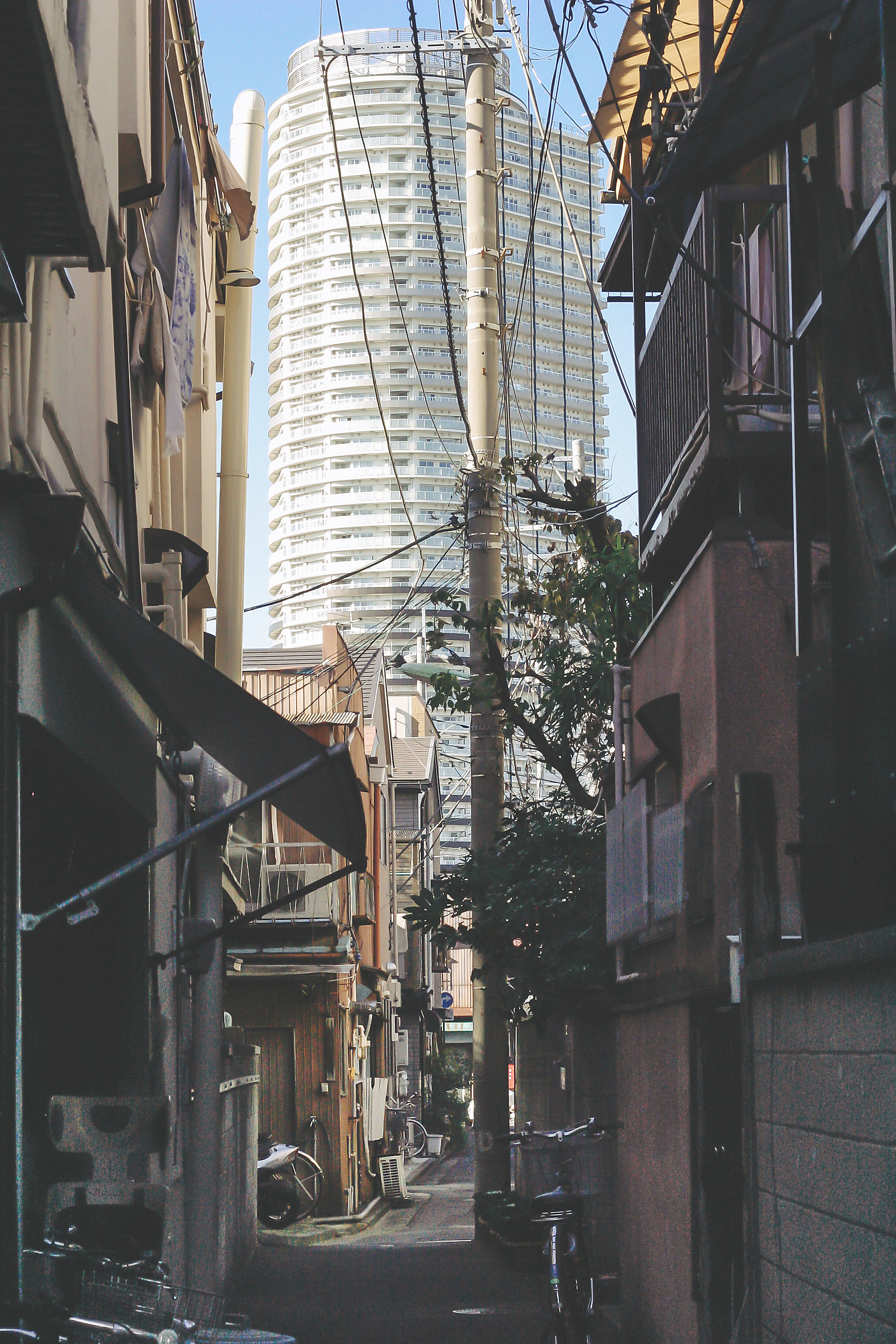If you live in Tokyo, consider yourself a risk-taker. More people are potentially affected by natural disasters in the Tokyo-Yokohama area than anywhere else in the world. According to a report released in September by insurance company Swiss Re titled "Mind the Risk: A global ranking of cities under threat from natural disasters," the Tokyo-Yokohama conurbation is the most "earthquake-exposed community" on Earth.
But it doesn't end there: The Japanese capital is also at significant risk from four other "perils" — storm, storm surge, river flood and tsunami — and shares the title of "riskiest metropolitan area in the world" with China's Pearl River Delta and Osaka-Kobe.
Disasters however, are not distributed equally. Western Tokyo, with its raised elevation (meaning it is less prone to liquefaction) and more recently built infrastructure, would weather a large-scale disaster much better than a district of eastern Tokyo, with its narrow roads, lack of firebreaks and comparatively old wooden houses built on alluvial soil (which amplifies earthquakes). Much of eastern Tokyo is at sea level, too, making it prone to flooding; some districts are up to four meters below sea level.



